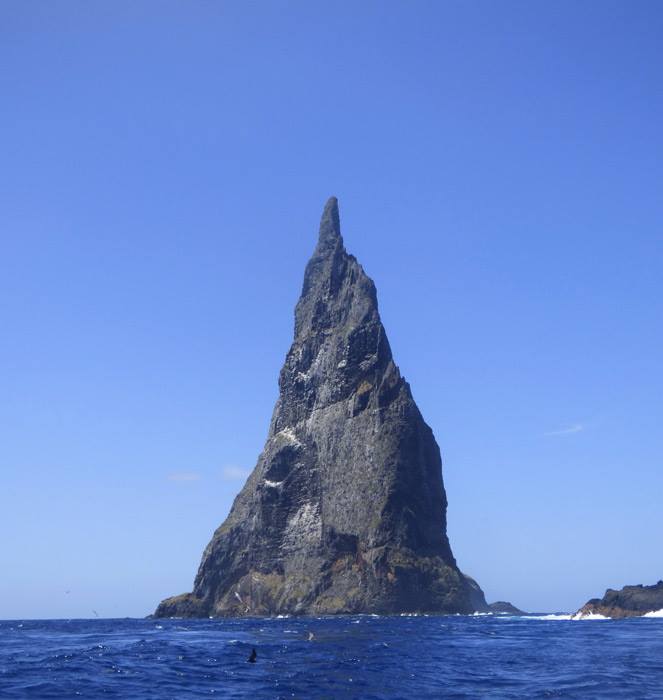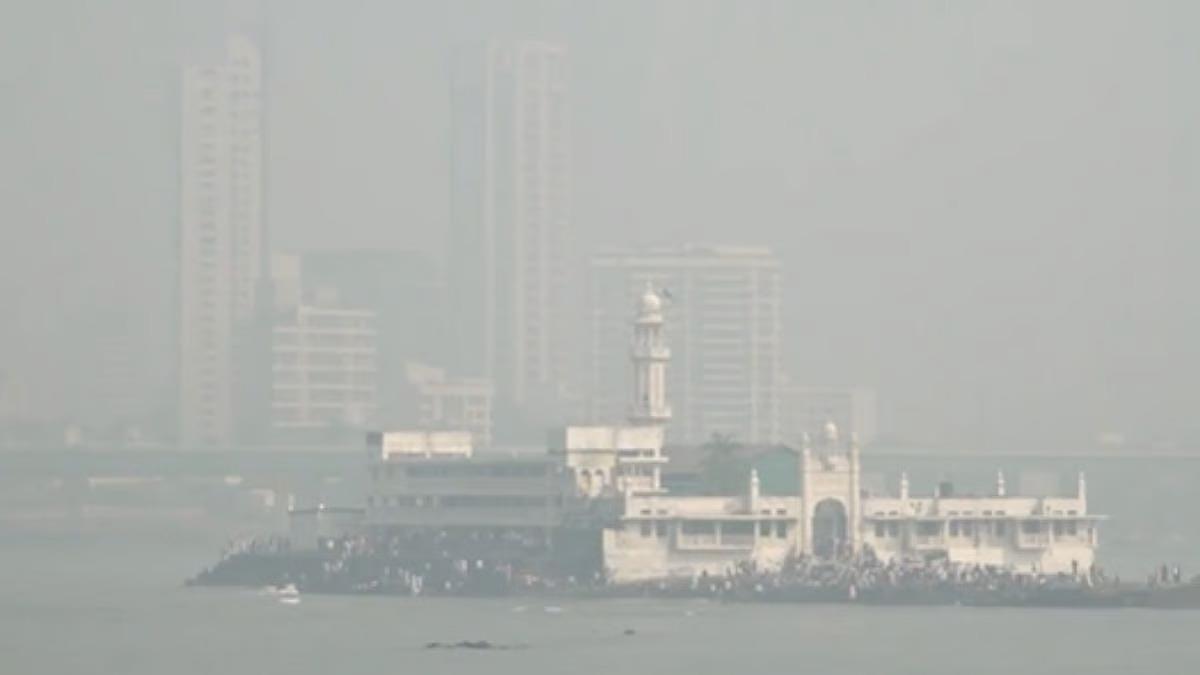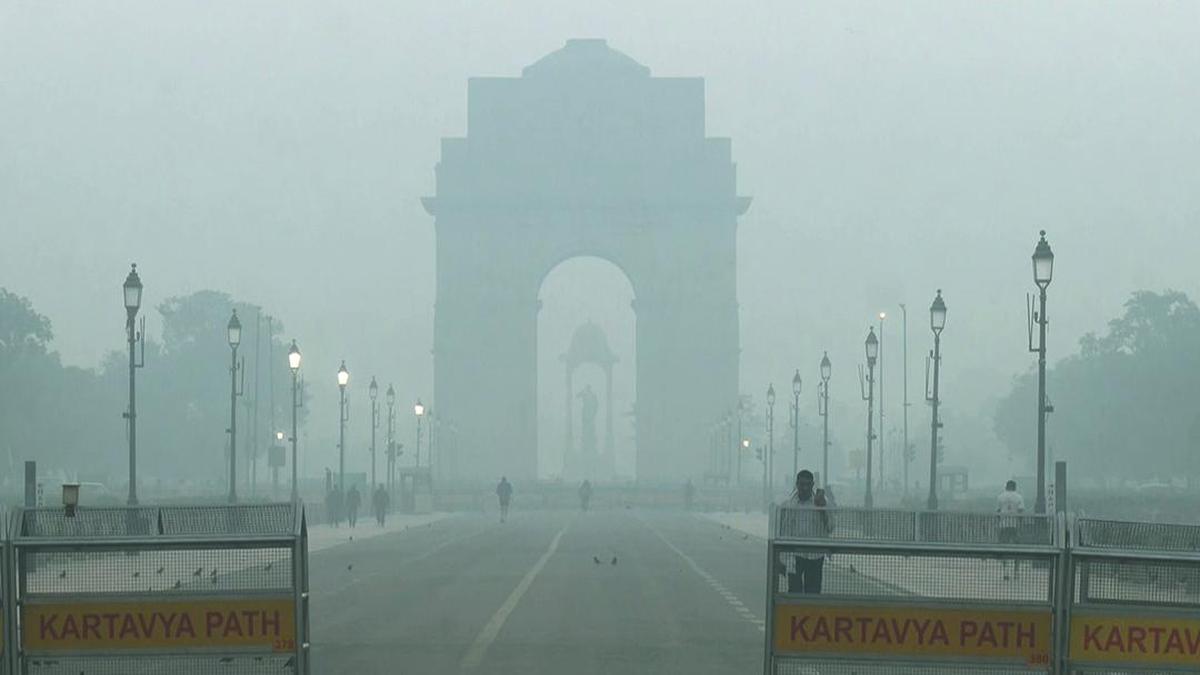Views
13

A lone bush 225 feet up an isolated pinnacle of rock in the ocean off South Australia sheltered a small colony of the largest, heaviest and flightless stick insect in the world. It had become extinct in its home on Lord Howe Island, 13 miles away, because of rats from a shipwreck in 1918. In 2001, two climbers discovered 24 insects sheltered by a small shrub. After 2 years of deliberations, the Australian government allowed removal of 4 insects to start a breeding program. Two were given to a Melbourne breeder but they died soon. The two others were given to Melbourne zoo. When one was dying, the caretaker, in a moment of inspiration, fed it drop by drop a concoction including calcium and nectar. Miraculously, it survived and the zoo has by now bred over 11,000 insects!
Subscribe to our newsletter and recieve a selection of our cool articles every week.

When Mumbai’s Morning Haze No Longer Feels Like Home
Mumbai Weather Update: AQI Turns Severe as Thick Haze Persists, Free Press Journal (FPJ).
Nov 24, 2025

Delhi Is Gasping Again, And This Time, Even the Clouds Refused to Help
Delhi is choking again. AQI levels have slipped into the ‘severe’ zone, cloud seeding failed, and emergency measures barely make a dent. Because the city doesn’t need one-off fixes, it needs long-term healing. Trees remain the simplest, most effective answer. They absorb carbon, trap dust, cool the air, and act as natural lungs. If Delhi wants cleaner winters, it needs more green cover, not just temporary interventions. Clouds may not cooperate, but trees always will.
Nov 17, 2025
Copyrights @ 2025 All rights reserved by Pangea EcoNetAssets Pvt Ltd.